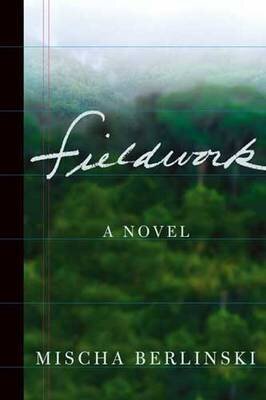Almost Home : The Asian Search of a Geographic Trollop by Janet Brown (ThingsAsian Press)
Back in 1995, Janet Brown left her home and family and went to live in Bangkok, Thailand. She fell in love with the country and decided that was where she was going to spend the remainder of her life. However, blood-ties were stronger than the love of a new country and she found herself moving back and forth between the States and Thailand during the six years she called Bangkok her home. Bangkok “puzzled, infuriated, delighted, and engaged me as no other spot had ever before.”
Between the years 2001 and 2008, Janet lived in the U.S. but lived her life as she did when living in Bangkok. “I cooked jasmine rice and noodles with Thai chili peppers and fish sauce. I listened to Thai music, I rented Thai DVDs, I read the Thai-English newspapers on my computer.” If she had enough money to go on vacation, she would go to Thailand.
Almost Home is Janet’s continual search for where she can settle down, with Bangkok at the top of the list. Now at sixty, she “packed two suitcases and came home, to a city where I knew I’d remain for the rest of my life.” Unfortunately, Janet says the Bangkok she came back to wasn’t the same. The times have changed and so has her city. The political situation was making living in Bangkok a dangerous prospect. Perhaps it was time to search for a new home.
In Hong Kong, Janet found a place she would return to again and again- - Chungking Mansions in Kowloon. The place is a community in and of itself. It also has a bad reputation for being dangerous and full of drugs, but for Janet, she took to the mansions like a duck takes to water. Still, it wasn’t some place she would think of as a permanent home.
Beijing was “beyond any easy pigeonholing of ancient traditions contrasted with modern luxury. It was a place that took everything that had happened within it for the past three thousand years and jammed it all together to make a hybrid city, huge and impossible to duplicate anywhere else.”
However, Beijing didn’t quite have the hold on Janet as Bangkok does and she finds herself returning to her old haunting grounds. On her return to Bangkok, the political situation hadn’t improved and this time, there was a series of bombings. She knew she had to get away and took a short trip to Penang in Malaysia. Penang was quite a contrast from Bangkok and Janet found it to her liking….so she moved there.
Unfortunately, Penang was not as idyllic as Janet first imagined as she had to contend with bedbugs, listen to a cacophony of music and worst yet, being asked a series of personal questions in English where it got to the point of annoyance. After two months, Janet, who thought she could make her home anywhere, realized she made a big mistake and took the next train back to Thailand.
Does Janet eventually find her home? Janet has traveled and lived in different countries in Asia, but something more than countries and newfound friends draws her to what she really considers home….and that would be living near her children who are now grown men. Janet says, “Although I’ve found my anchor among the people whom I love more than anybody in the world, wherever I am, I’m always almost home.” ~Ernie Hoyt


















